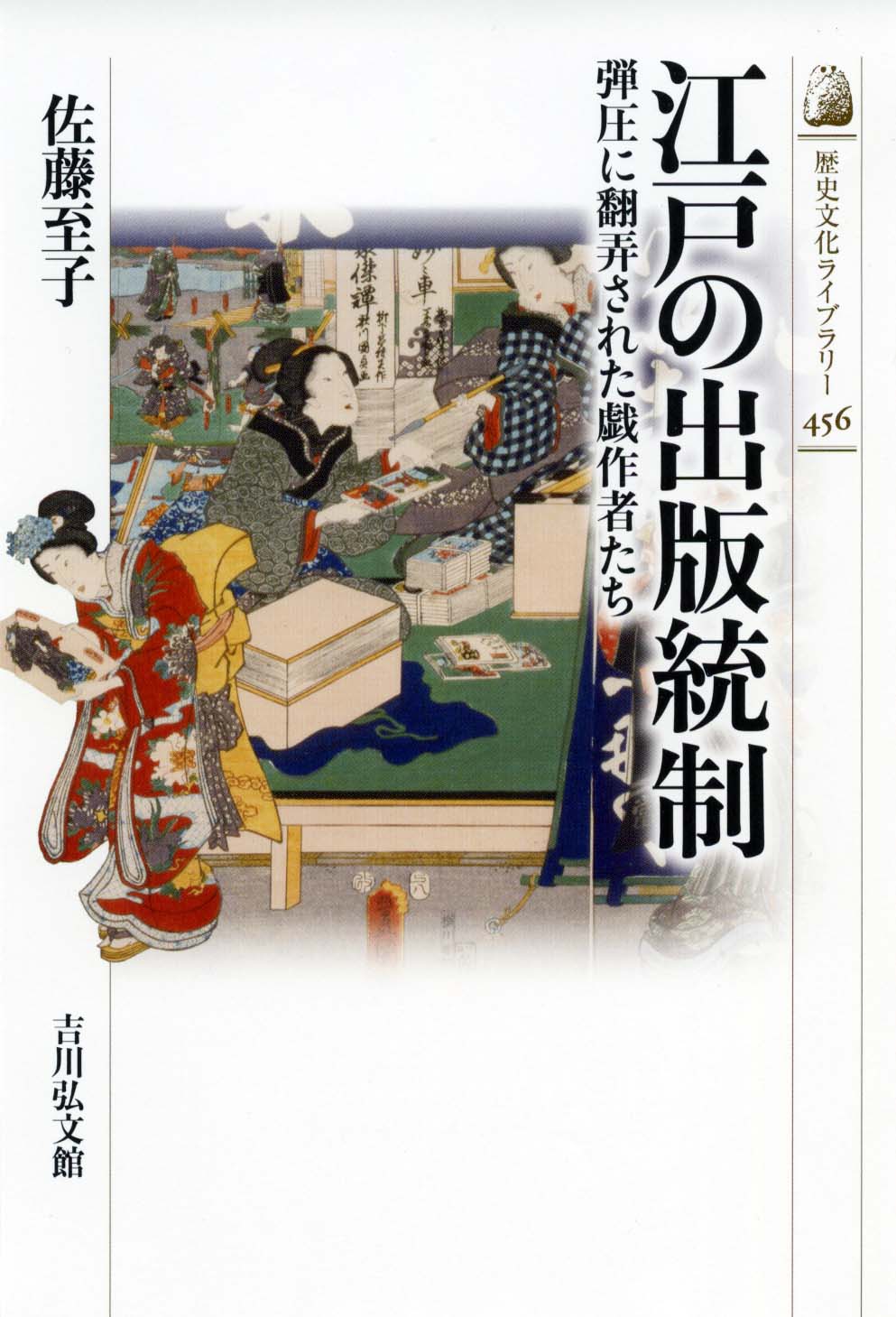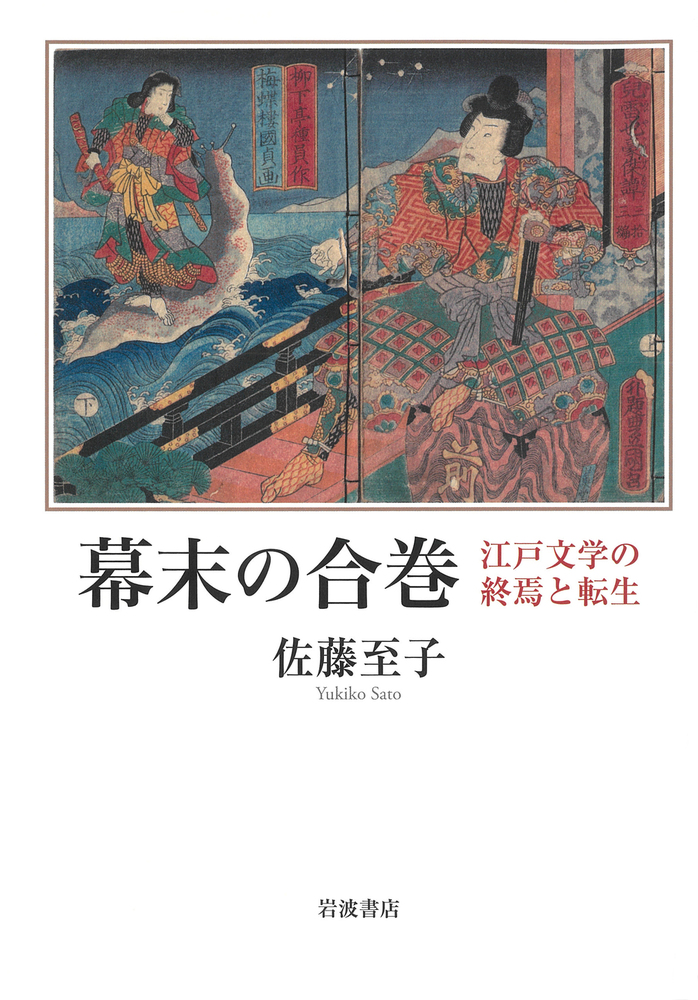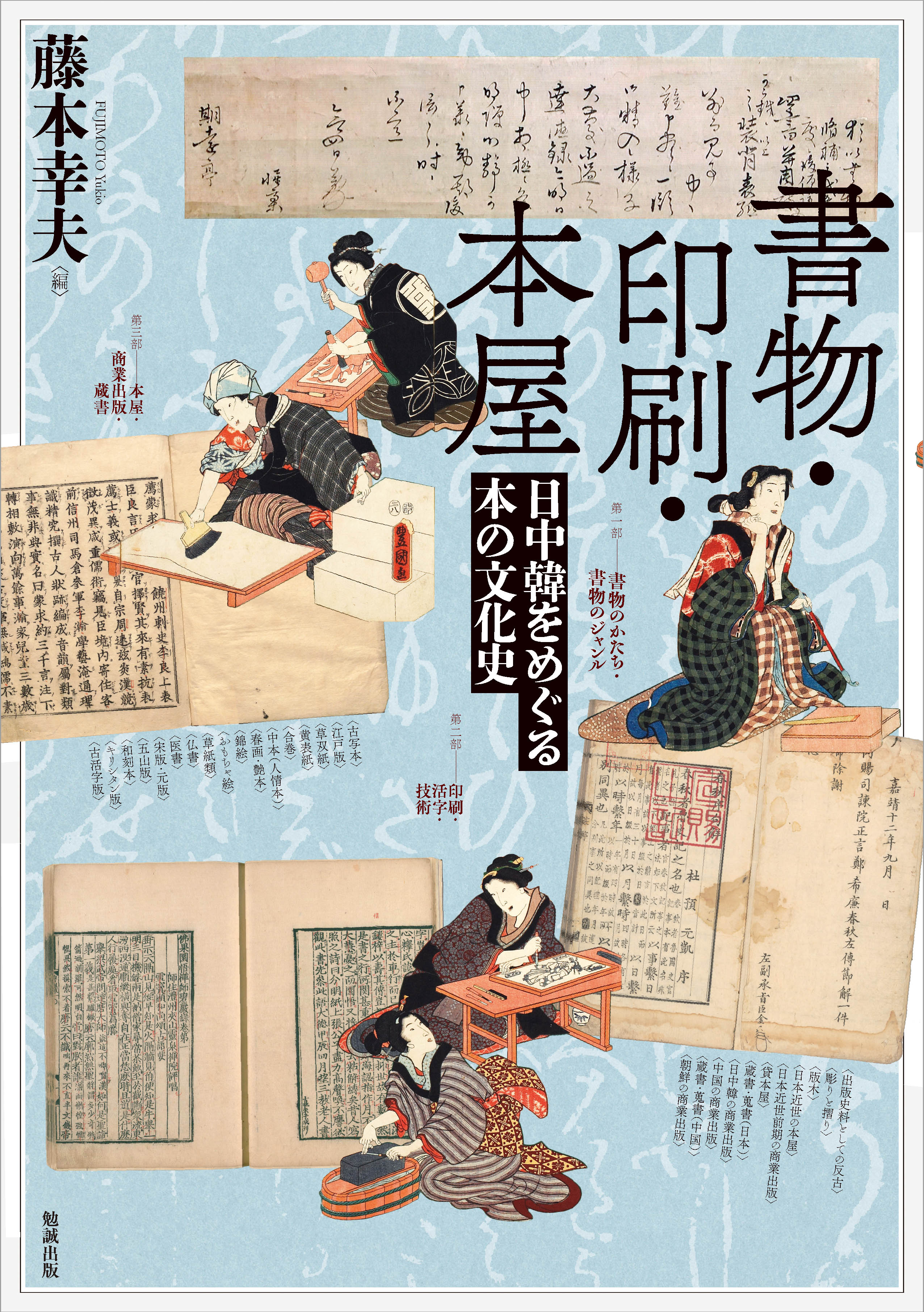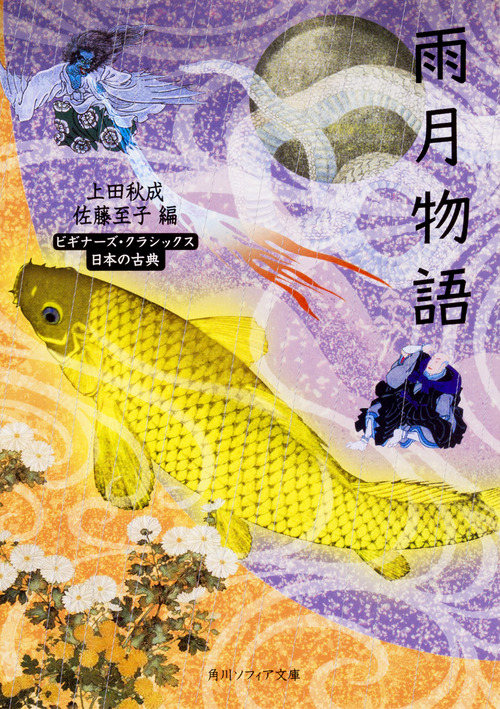
Title
Historical Culture Library Edo no Shuppan Tosei (Restrictions on Publishing in Edo: Writers of Popular Fiction Subject to the Whims of Government Suppression)
Size
240 pages, 127x188mm
Language
Japanese
Released
October 18, 2017
ISBN
9784642058568
Published by
Yoshikawa Kobunkan
Book Info
See Book Availability at Library
Japanese Page
Today there is nothing unusual about popular novels being published and read by large numbers of readers at roughly the same time. But in Japan this way of reading books emerged only in the Edo period (1603–1868), when printing technology spread and commercial publishing began. The subject of this book is the popular novels that were published in Edo (Tokyo) in the latter part of the Edo period (mid-18th to 19th century), the restrictions on their publication, and the question of self-regulation.
At the time, large numbers of popular novels (gesaku) were being produced in Edo. They were of various kinds known by different names and included richly illustrated books (kibyōshi and gōkan), stories about licensed quarters (sharebon), historical fiction with fantastical elements (yomihon), and romantic tales (ninjōbon).
The word gesaku originally referred to a work written by an intellectual for his own amusement. But the popular fiction incorporated into commercial publishing in the latter part of the Edo period was not the product of a mere hobby. For the publisher it was a commodity, and the question of whether or not it would sell—whether or not the costs entailed in its publication could be recovered—became an important issue. There were two requisites for making a book that sold: it had to meet the readers’ demands and it must not violate any laws related to the control of books.
The regulations on which the control of popular fiction was based were the provisions about publishing in a law ordering the suppression of erotica in 1722. Thereafter controls were tightened through the addition of new regulations and systems to this law.
This book focuses broadly on three periods—the Kansei reforms, the Bunka era, and the Tenpō reforms—and describes with reference to concrete examples how popular fiction was regulated in each of these periods and how authors dealt with the restrictions.
The suppression of kibyōshi and sharebon and the punishment of the popular novelist Santō Kyōden as a result of the Kansei reforms and the suppression of ninjōbon and gōkan and the punishment of the popular novelist Tamenaga Shunsui as a result of the Tenpō reforms are comparatively well known. In addition to these examples, in this book I also deal in detail with restrictions on freedom of expression during the Bunka era, which are not widely known.
The regulations concerning popular fiction were not limited to the banning of works that could be regarded as erotica and restrictions on depictions of villains or supernatural phenomena, and they also extended to the historical setting of a book and even its binding. Why would popular fiction, which was written only to provide entertainment, have been subjected to such strict controls? I would like readers to think about the answer to this question as they read this book.
The Edo period is directly connected to the present day. Knowing about the history of restrictions on popular fiction in Edo and the realities of self-regulation by writers should provide many hints for thinking about present-day restrictions on freedom of expression and self-censorship.
(Written by SATO Yukiko, Associate Professor, Graduate School of Humanities and Sociology / 2018)



 Find a book
Find a book


 eBook
eBook

